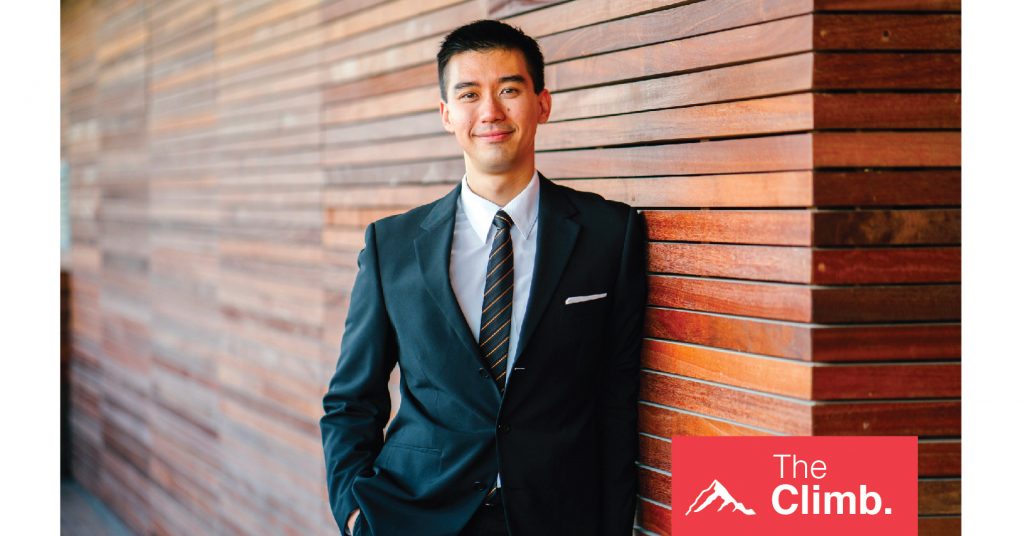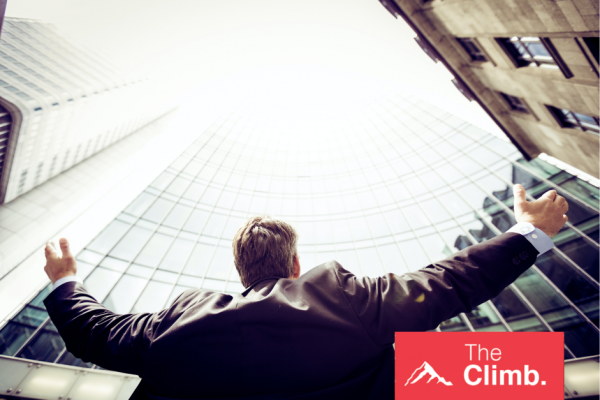
Two of the greatest chess players in the world, Garry Kasparov and Anatoly Karpov, sat across each other as the 1990 World Chess Championship was about to begin.
These two long time rivals would play 24 games, 12 in New York and 12 in Lyon,
France. Whoever won most games would be declared World Chess Champion.
While Garry had a strong start, he began making mistakes. He lost several matches towards the end of the first half of the tournament.
After 12 intense matches in New York, the players tied 6-6. Many critics thought Garry lost all confidence and was letting his nerves get the best of him. Not many believed he would retain his title as the best in the world and win in Lyon.
They were all wrong.
How did Garry do it?
Josh Waitzkin is an author and chess prodigy that approached Garry to ask him how he handled his lack of confidence in the World Championship of 1990.
Garry replied that he focused on making chess moves pretending to feel confident to hopefully trigger a confident mindset.
Waitzkin describes Garry’s strategy in his book The Art of Learning:
If Garry was feeling bad, but puffed up his chest, made aggressive moves, and appeared to be the manifestation of confidence itself, then opponents would become unsettled. Step by step, Garry would feed off his own chess moves, off the created position, and off his opponent’s building fear, until soon enough the confidence would become real, and Garry would be in flow… —Josh Waitzkin, The Art of Learning.
When the second half of the World Chess Championship began in Lyon, Garry forced himself to play aggressively until his confidence built up.
He lost only two of the final 12 games and defended his title as World Chess Champion, a title he defended for another 10 years.
“Fake it until you become it.”
Garry’s strategy of acting confident to trigger feeling confident is backed by science.
Dr. Amy Cuddy, a Harvard researcher who studies body language, has shown in her groundbreaking research that our body language influences how we think, and vice versa.
Cuddy studied how standing in different postures, “High Power” and “Low Power” for 2 minutes could impact our body and mind.
The study showed that people with “High Power” body language experienced actual biological changes in their hormone production. For example, increased testosterone levels (linked to confidence) and decreased cortisol levels (linked to stress and anxiety).
According to Cuddy, you can “fake it until you become it.”
You can watch Amy Cuddy’s entire TED talk, “Your Body Language May Shape Who You Are,” here. It’s well worth the time.
Confidence is vital to reach our goals. And while our emotional state can influence our confidence level, adopting a “High Power” body language also plays an important role. Think of it as a tool to boost your confidence whenever you need it.
If you are stressed about an interview, presentation, or test, take a couple of minutes to change your posture. Sit up straight, keep your chin up and your chest out. Making these little adjustments will increase your confidence while improving your ability to handle stress. No summit is out of reach. You can reach everything you set your mind to. All you need is confidence and determination.
If you enjoyed this edition of The Climb, share it with a friend.




